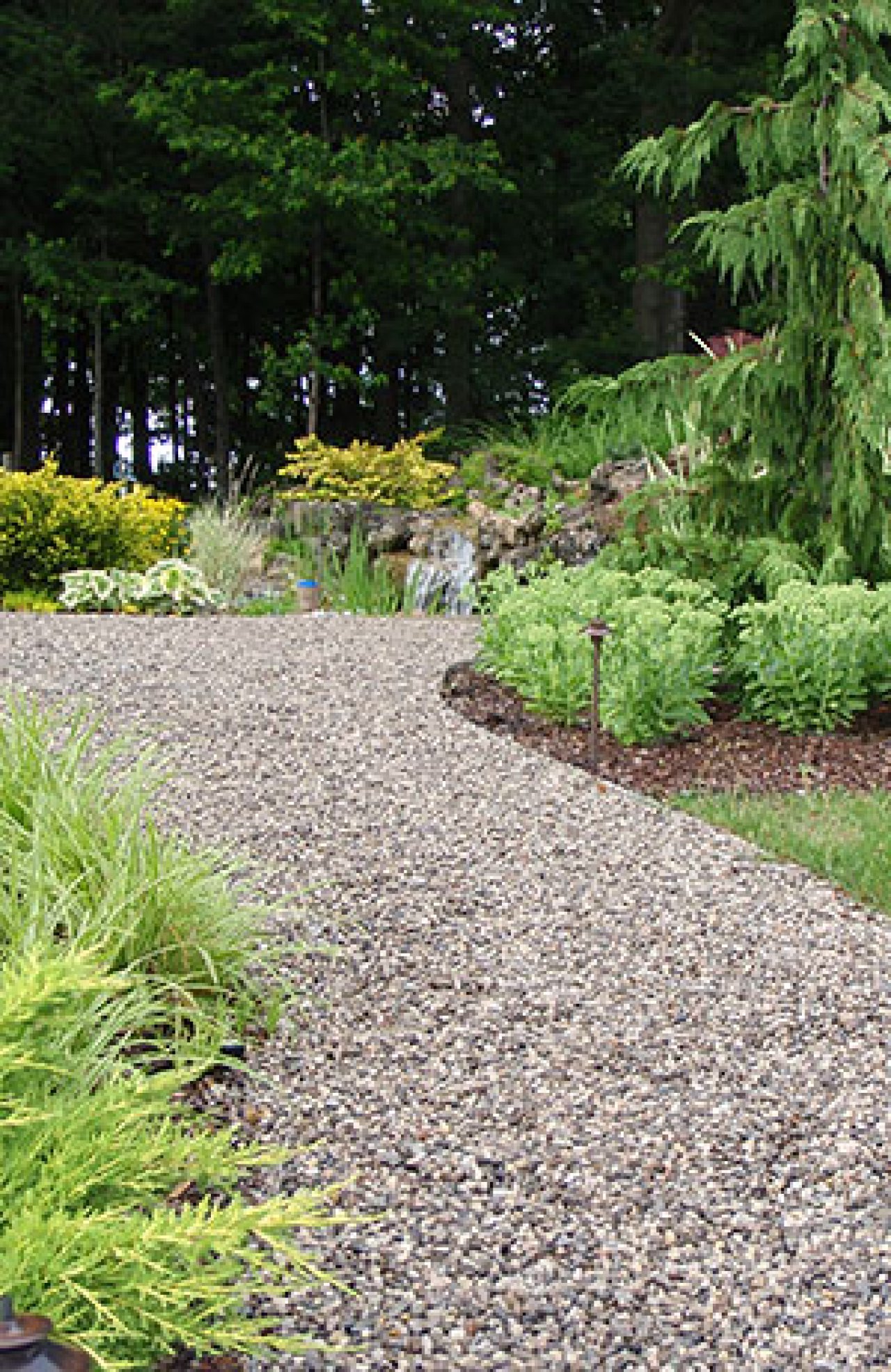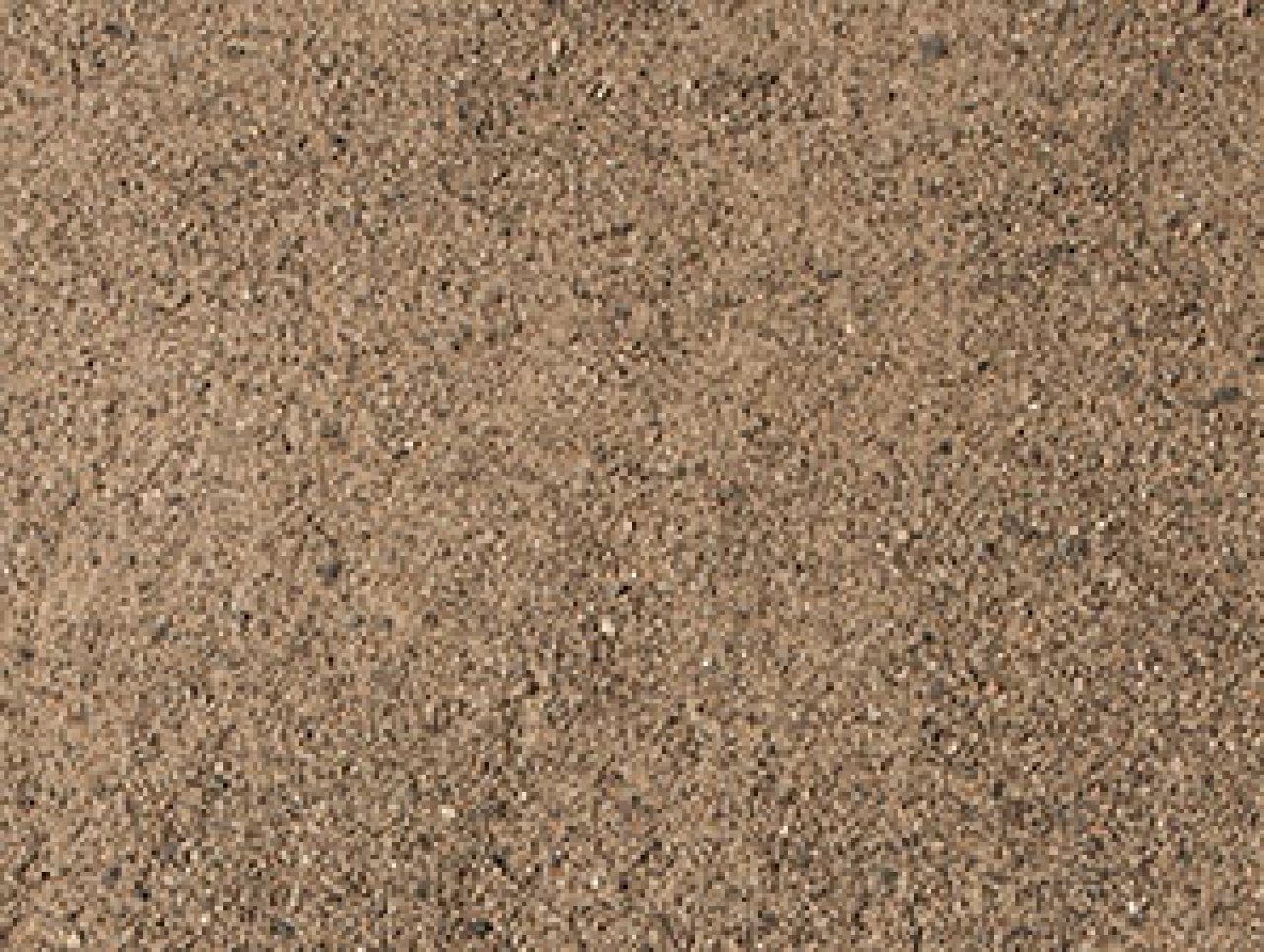Blog
Aggregate estimating made easy

In our last post, we discussed how to estimate armourstone, building stone, wall stone and flagstone. This time we’ll look at how easy it is to estimate quantities of decorative aggregates, construction aggregates and brick sand.
In landscaping, when we talk about a yard of gravel or a yard of sand, we’re referring to a cubic yard. If you could stack it neatly, it would form a cube that is 3' wide by 3' long by 3' deep. Whether you’re talking about gravel or sand or river rock or mulch or soil, a yard of material is always 27 cubic feet (3 x 3 x 3). So it’s easy to estimate how many yards of material you need by calculating the volume of the space you need to fill and dividing by 27. In other words:
(Area of the space to be filled (l x w) x Desired depth of material*) ÷ 27 = # of yards needed
*Be sure to use "feet" as the unit of measurement for all calculations.

Decorative Aggregates
Using the formula above, you can calculate the quantity required of any decorative aggregate, as long as you know the length, width and depth of the space you need to fill. But how deep is deep enough?
Decorative aggregates vary greatly in size. The larger the stone, the thicker it needs to be applied to achieve full coverage. This simple formula calculates the minimum depth required for any stone:
Diameter of the stone* x 1.6 = required depth (in inches) to achieve coverage
*In this formula, be sure to use "inches" as the unit of measurement.
Let's say we're creating a dry riverbed that is 3' wide by 20' long and we’re going to line it with washed granite that varies in size from 4" to 6". The first step is to calculate the required depth using the average diameter of the stone:
5" x 1.6 = 8" or 0.67'
So we know that we have to lay the granite 8" (or 0.67') thick in order to fully cover the bottom of the riverbed. Next, we figure out how many yards of washed granite we need:
(3' x 20' x 0.67') ÷ 27 = 1.49 yards
We need 1½ yards of washed granite for our dry riverbed project.

Construction Aggregates
Earlier, we said that a yard of any material is always 27 cubic feet but there’s an exception to every rule. As base material is compacted on site, it condenses and fills less space than it did before compaction. How much less depends on the level of compaction and the material being compacted but 20% is a good rule of thumb. When ordering material that will be compacted, don’t forget to bump up the quantity to account for this loss. There are tons of online calculators that will do this for you – if you find one that works for you, bookmark it for use whenever you need it.

Brick Sand
Brick sand is a very fine sand that is mixed with cement to produce mortar for building projects. When using Type S or Type N cement, the ratio of brick sand to cement is 3:1. Just in case math wasn’t your favourite subject in school, here are the brass tacks of what you need to know:
½ yard of brick sand requires 5 to 6 bags of Type S or Type N cement
1 bag of Type S or Type N cement requires 3 to 4 poly bags of brick sand
There you have it. That’s how easy it is to calculate your natural stone requirements. For easy reference when estimating, download our Approximate Coverage Guide. Or, if you need a hand, you can always give us a shout. We’re happy to help!